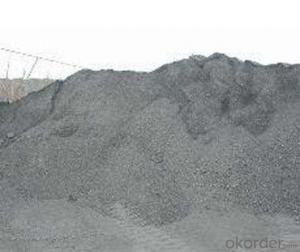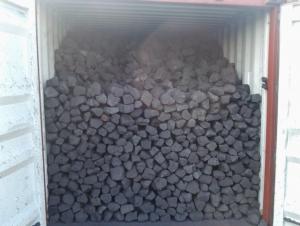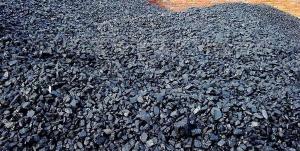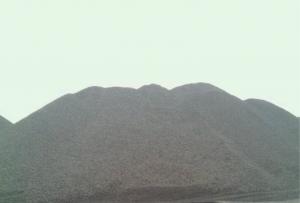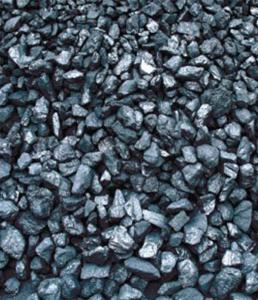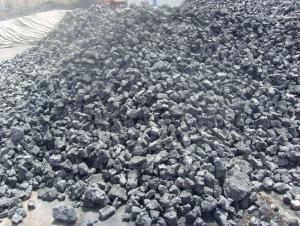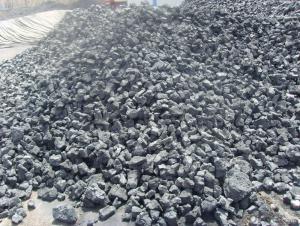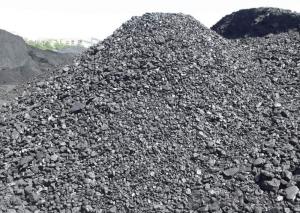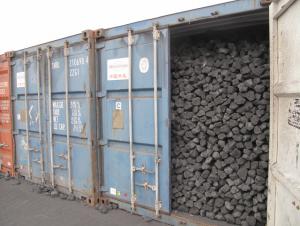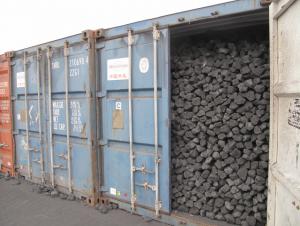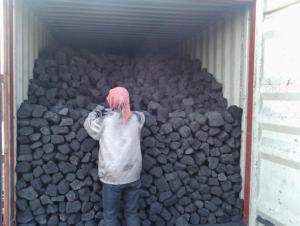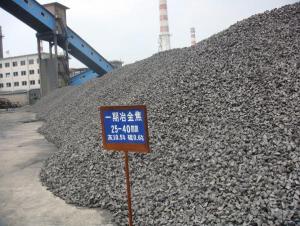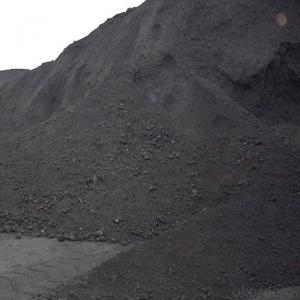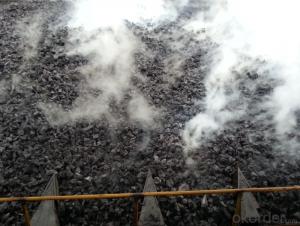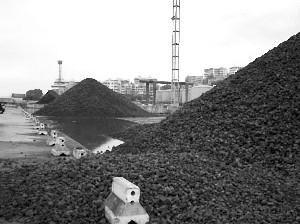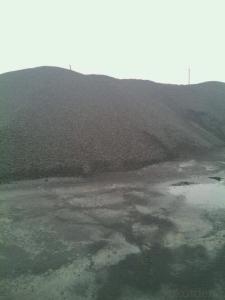COKE BREEZE OF 3 to 6mm
- Loading Port:
- Tianjin
- Payment Terms:
- TT OR LC
- Min Order Qty:
- 1000 m.t.
- Supply Capability:
- 100000 m.t./month
OKorder Service Pledge
OKorder Financial Service
You Might Also Like
1. Structure of Metallurgical Coke of COKE BREEZE OF 3 to 6mm Description:
China standard (GB/T4000-1996) provides for coke reactivity and strength after reaction test method.Its practices is to make coke at high temperature and the reaction of carbon dioxide, and then determining reaction after coke weightlessness rate and mechanical strength.CRI and strength after reaction coke reactivity of CSR repeatability r shall not exceed the following values:
CSR CRIr 2.4% or less: 3.2% or less coke reactivity and strength after reaction of the test results are shown parallel arithmetic mean of test results.
2. Main Features of the Metallurgical Coke of COKE BREEZE OF 3 to 6mm :
• Quality assurance
• Mutual benefit
• Preferential price
• Various choice
3. Metallurgical Coke of COKE BREEZE OF 3 to 6mm Images:
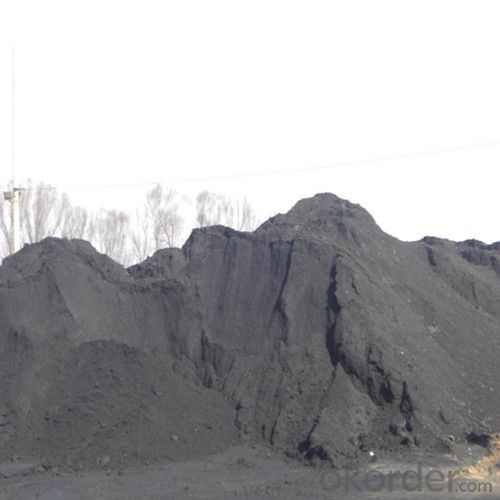

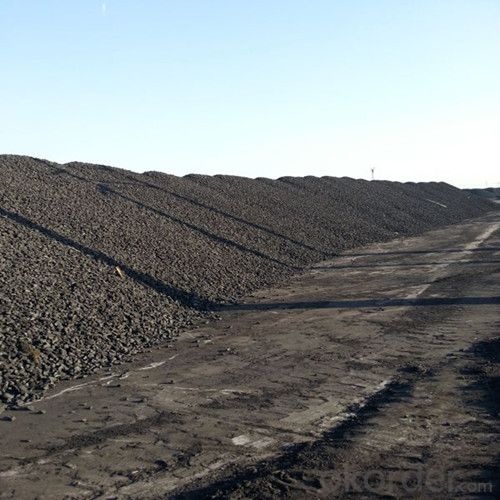
4. Metallurgical Coke of COKE BREEZE OF 3 to 6mm Specification:
Guarantee | Rejection | |
Total Moisture ( As received basis ) | 8% max | |
Ash ( dry basis ) | 12.5% max | > 13.5% |
Volatile Matter ( dry basis ) | 1.5% max | > 1.8% |
Sulphur ( dry basis ) | 0.70% max | > 0.80% |
Phosphorus ( dry basis ) | 0.035% max | > 0.045% |
Size 10-30 mm | 90% min | |
+30 mm | 5% max | > 8% |
-10 mm | 5% max | >8% |
5. FAQ
where is your company warehouse?
In Tianjin
- Q:What is the difference between coke and semi coke in ferrosilicon smelting process? In the process of energy statistics in the end should be 0.9714 of the conversion coefficient should be used with the conversion coefficient of 0.75 x 0.9714, please expert advice? emergencyUrgent!
- Coke is used for smelting iron alloy coke, and the coke is used in blast furnace and used for copper, lead, zinc, titanium, antimony, mercury and other non-ferrous metal smelting of blast furnace, reducing agent, heating agent and columnar skeleton.
- Q:What is cokeWhat applications are, what is the fire of Malachite copper
- Coke is used for heating, and coke is also used as a reducing agent to process the iron ore, the oxide ore, the malachite is the copper oxide
- Q:I don't understand. With coke, then the rest of the coke, they are selling it?
- If most of the solid fuel is burning coal, but coking coal, which is very strong viscosity of coal is not good, it is very interesting to use the individual plant with it, the purpose is to change the fuel characteristics.Coking coal and coke, commonly used in metallurgical industry.Coal will be heated to a process of coke, but you really want to get coke, to specialized production. Power plants do not produce coke, they only have gray coke
- Q:Ask: coking coke tower tower and what is the relationship?If you can give a working principle to explain what is better!Coking tower in oil coking plant
- Coking plant production capacity on the exclusion of the tower is also on the two: first, the coal tower; the two is coke bin;
- Q:The difference between coal and coke
- Today, the Customs Tariff Commission of the State Council issued the notice on the implementation of the tariff plan in 2013. Shang magnesium network noticed,. This important change, apparently stems from the WTO requires China to cancel the export of raw materials restriction policy decisions. In recent years, due to higher export tariffs, coke exports almost stagnant, but also indirectly affect the production of magnesium metal. Due to insufficient supply of coke oven gas, and the price increases, the production of primary magnesium in the main producing area of Shanxi magnesium metal has been seriously reduced. Shang magnesium network analysis, the abolition of coke and semi coke export tariffs next year, the amount of exports should be theoretically faster recovery, some of the original magnesium production capacity will be restored. However, the government may take other measures to limit coke and semi coke production, coupled with the western economic downturn, exports may be rapid growth. Therefore, the coke industry after the abolition of export tariffs on the market situation remains to be seen, the impact on the magnesium industry has yet to be further assessed.
- Q:I see that there are metallurgical coke and coke on the Internet, what is the difference between them (I hope to be able to say in detail) and a level of two points, how is this going on?.. Where is the quality of coke in China? Hunan good coke plant which? Although the problem is a little bit more, I hope that insiders can give some useful information. Extremely grateful.
- Coke is a special and molten iron cupola coke. Coke is the main fuel cupola molten iron. Its role is to melt the burden and make the hot metal overheating, the support column to maintain good ventilation. Therefore, the foundry coke should have large blocks, low reactivity, porosity is small, with impact crushing strength, low ash and sulfur enough
- Q:Coke is divided into several kinds of specifications ah
- Three: 1 2 3 coke metallurgical coke of high sulfur cokeCoke is in coal under the condition of air isolation, heating to 950-1050 DEG C, after drying, pyrolysis, melting, bonding, curing and contraction of the final stage is made, the process is called high temperature coking (high temperature carbonization). Coke obtained from high temperature coking for blast furnace smelting, casting and gasification. Coke oven gas produced in the process of coking and recovery is not only a high calorific value of fuel, but also an important industrial raw material for organic synthesis. Coke is mainly used in blast furnace ironmaking and smelting of non-ferrous metals such as copper, lead, zinc, titanium, antimony, mercury and so on.
- Q:China's coke iron smelting began in what time?
- Han also invented the "fried steel law", that is, the use of pig iron "fried" mature iron or steel of the new process, the product is called steel. At the same time, the rise of "100 steelmaking" technology. The Eastern Han Dynasty (AD 25 ~ 220), when the emperor of the Ming Dynasty, invented the hydraulic blast furnace, that is, "water discharge". The invention of ancient water row in China, about 1100 years earlier than europe. After the Han Dynasty, the method of steel. "Qi Shu Qi, even referred to as" places "big steel", later known as the filling steel, also known as steel group. This is another important achievement of the ancient steelmaking technology in china. According to the "Encyclopedia of" records: Chinese is the earliest use of coal iron country, the Han Dynasty have been tried, song and Yuan dynasties have been popularized. To the Ming Dynasty (AD 1368 ~ 1644) has been able to use coke smelting pig iron.
- Q:What are the quality indicators of coke
- More than 83 of the fixed carbon; sulfur below the volatile content of less than 1.5; ash around 15 e:Mechanism coke: used in metallurgy; steel plantFiddle coke size 8cm-150cm: of molten iron for casting {;} of motor shell, radiator, mechanical counterweightCoal tar: molten iron; used in the casting of motor shell, radiator, mechanical counterweightLarge modified coke: {for ordinary casting; mechanical parts such as rough parts for 2-3.5 tons of furnace type}The shape of coke size 25cm:{is used for ordinary casting and slightly rigid casting products, such as water pump pipe fittings, such as fire fastener
- Q:What's the difference between coke and coke?
- In the process of coal carbonization of coal material: when the temperature is higher than 100 degrees in coal water evaporation; the temperature rises to 200 degrees above, combined with the release of water in coal; up to 350 DEG C, caking coal begin to soften, and further the formation of colloid viscous (this phenomenon does not occur, peat lignite; etc.) to 400 ~ 500 degrees most of the gas and tar precipitation, called a thermal decomposition products; at 450 to 550 DEG C, the thermal decomposition continues, gradually thickening and curing the formation of residue char!
1. Manufacturer Overview |
|
|---|---|
| Location | |
| Year Established | |
| Annual Output Value | |
| Main Markets | |
| Company Certifications | |
2. Manufacturer Certificates |
|
|---|---|
| a) Certification Name | |
| Range | |
| Reference | |
| Validity Period | |
3. Manufacturer Capability |
|
|---|---|
| a)Trade Capacity | |
| Nearest Port | |
| Export Percentage | |
| No.of Employees in Trade Department | |
| Language Spoken: | |
| b)Factory Information | |
| Factory Size: | |
| No. of Production Lines | |
| Contract Manufacturing | |
| Product Price Range | |
Send your message to us
COKE BREEZE OF 3 to 6mm
- Loading Port:
- Tianjin
- Payment Terms:
- TT OR LC
- Min Order Qty:
- 1000 m.t.
- Supply Capability:
- 100000 m.t./month
OKorder Service Pledge
OKorder Financial Service
Similar products
New products
Hot products
Hot Searches
